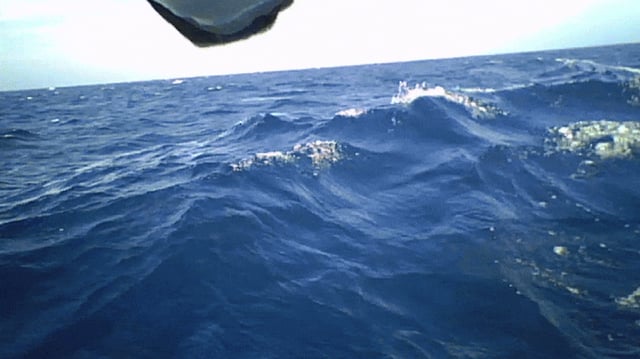Overview
- The peer-reviewed study from the University of Tokyo analyzed nearly 36 hours of belly-mounted video from streaked shearwaters nesting on Funakoshi Ohshima Island, documenting 195 defecations with only one on the water.
- Individuals relieved themselves every 4–10 minutes at regular intervals, usually within 30 seconds of liftoff, and in 10 cases took brief flights solely to defecate.
- Estimated output was about 30 grams per hour, roughly 5% of body mass, based on video timing and measurements of droppings collected from captive birds.
- Authors propose hygiene, avoiding predator attraction, and reducing weight for flight as explanations, with implications for nutrient transport in the ocean and fecal transmission of avian influenza.
- Researchers plan longer-lasting sensors with GPS to map drop locations and comparative studies on other seabirds, as experts caution the pattern may be species-specific.


